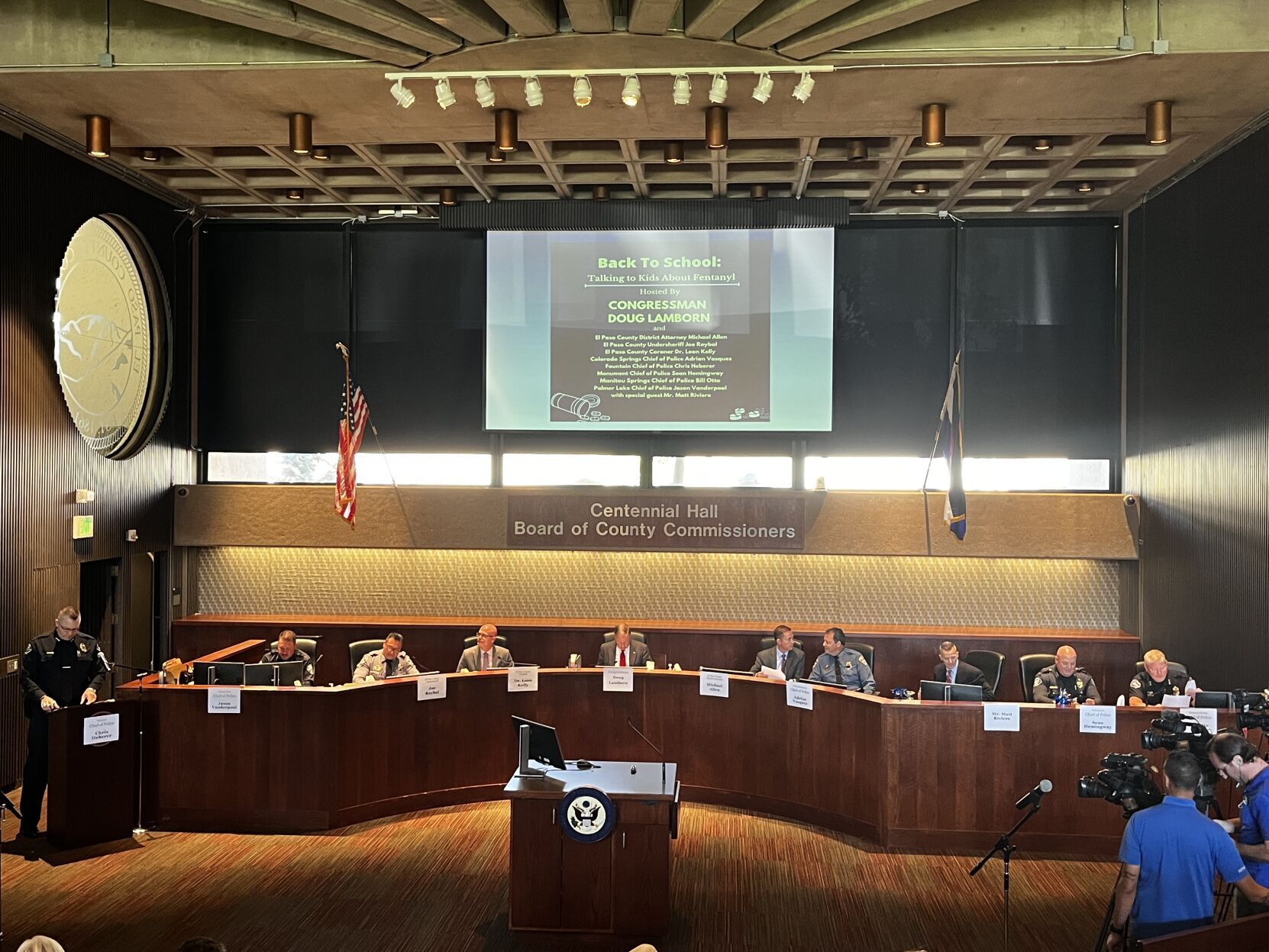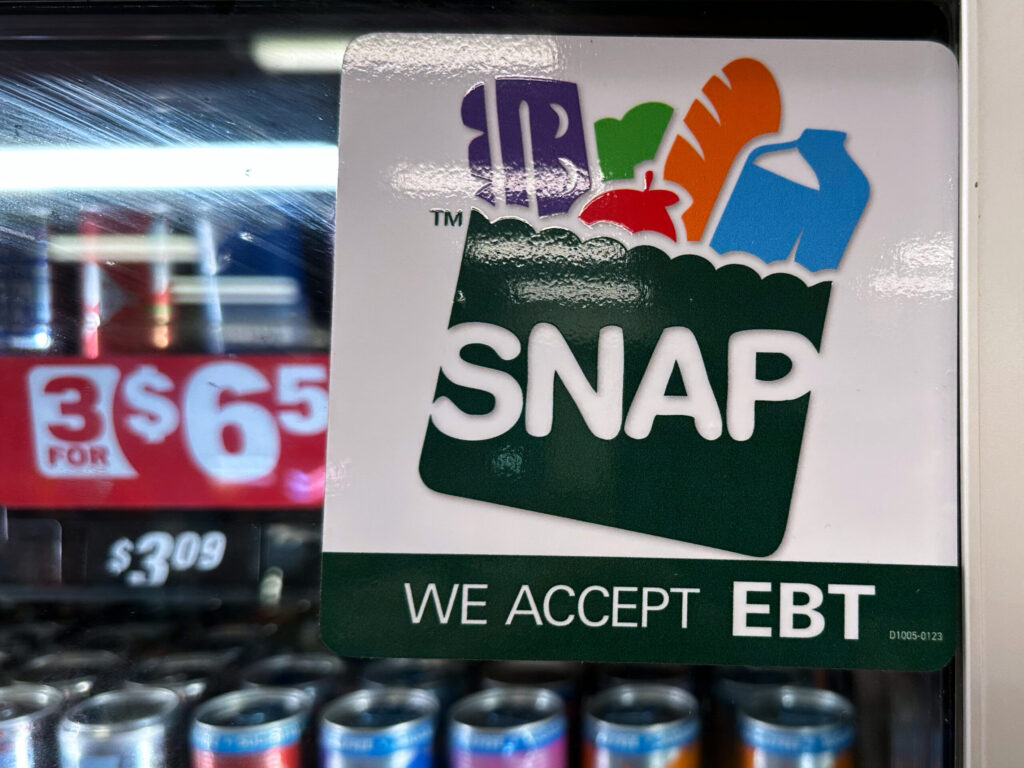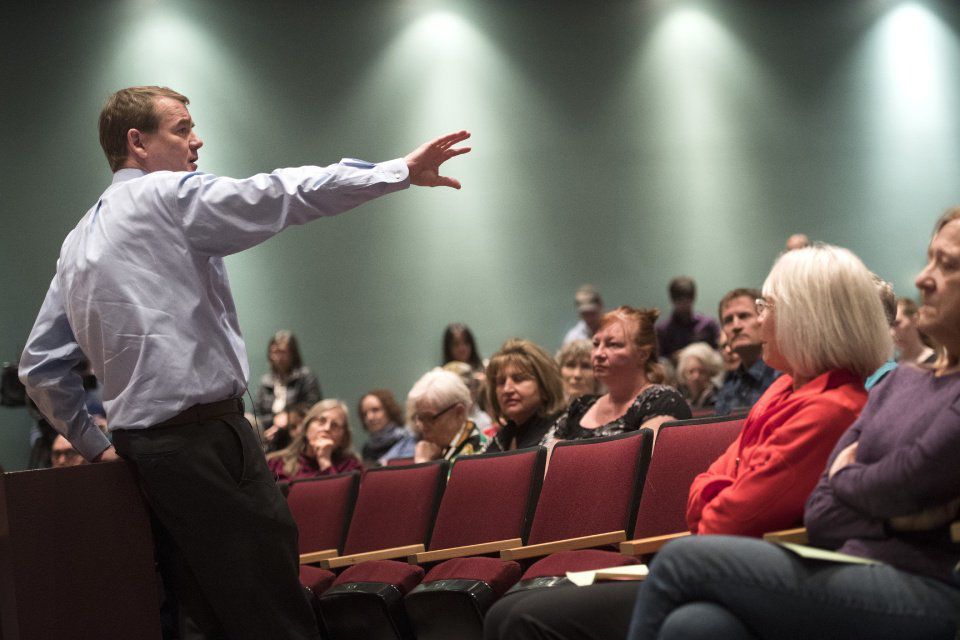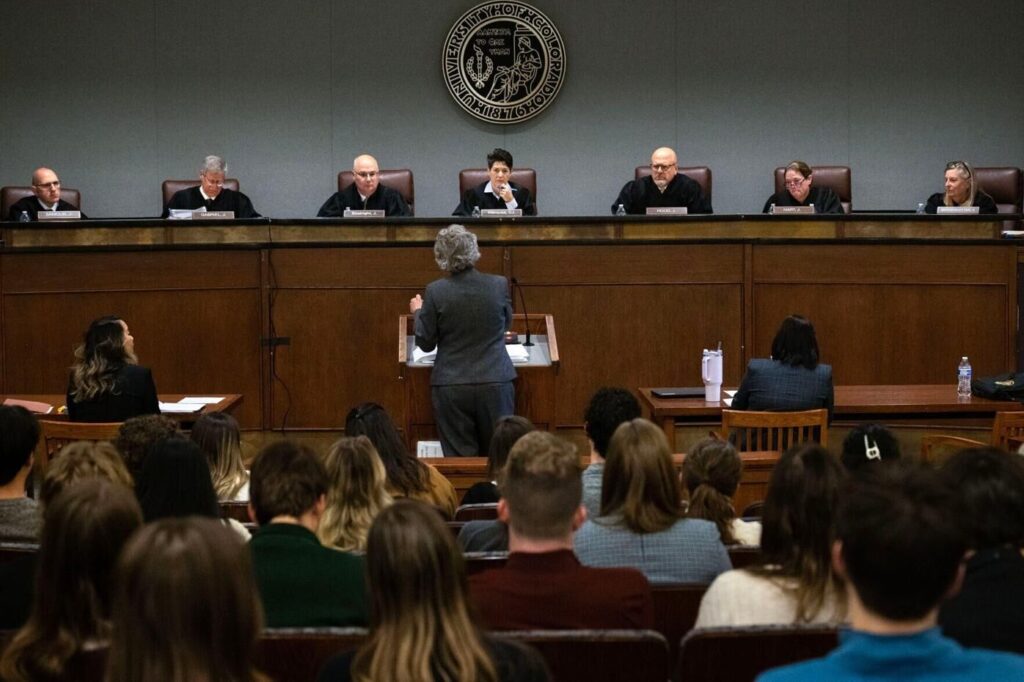Doug Lamborn, other community leaders hold public town hall on fentanyl

With kids going back to school, parents should plan ahead and have an awkward conversation with them at some point.
No not that “talk,” the fentanyl talk.
With focus on fentanyl, providers say Colorado must improve its treatment options
That’s the message that Doug Lamborn, a number of local city police chiefs, El Paso County Coroner Dr. Leon Kelly and Matt Riviere said at a town hall meeting Wednesday morning. The panel wanted to communicate the danger fentanyl and fentanyl laced products present to children, who Lamborn says are able to buy the drug as cheaply as $5.
“This is not a big city problem,” Kelly said. “We are seeing this everywhere.”
While fentanyl deaths have doubled year over year in the past, Kelly offered some good news, highlighting the slowing rate of increase of fentanyl related deaths. Last year the coroner’s office identified 101 fentanyl related deaths. While no data of this year’s tally of fentanyl related deaths is immediately available, Kelly told the auditorium he is hopeful El Paso County is beginning to see a plateau.
But the focus of the panel was on how parents could educate their kids on the dangers of fentanyl, and what to look out for.
A slide shared by District Attorney Michael Allen included many of the slang terms and emojis youth may use to stealthily find and use fentanyl. Phrases like “Blues,” “dance fever” and “jackpot apache” were listed, and emojis of pills and rocket ships were also shown to signify someone looking for fake prescription drugs.
The panel was made up of mostly law enforcement and elected officials. Martin Toland, the safety and security director of School District 2 said he thinks everybody needs to have a voice in the conversation.
For one fentanyl user, Colorado is taking ‘giant leap backward’ in drug response
“This panel just re-emphasized what I was already aware of and that is how pervasive fentanyl is in our community,” he said. “I think everybody from parents to any kind of community stakeholders need to have a voice in something like this because it’s going to affect all of us.”
During the panel, Congressman Lamborn stated fentanyl does not know economic boundaries and does not discriminate when it kills. Overdoses on the drug are credited with lowering Colorado’s overall life expectancy last year, along with COVID-19 and mental health.
Toland’s sentiment was echoed by Amy Sanchez-Martinez, the campus director at Sand Creek High School who wanted to see young people’s voice in the future.
“The next step is hearing from some young people so their voices are heard and so that they’re driving the conversation,” she said. “Students are talking about [fentanyl], and I’m so glad that we have not yet had to deal with it.”
Sanchez-Martinez said she would rather stay in the position of proactive responses, as opposed to having to react to the crisis.
As for treating a potential overdose on fentanyl, or any opioid product, there is a solution: naloxone, an opioid antagonist that can reverse the effects of an overdose. But the naloxone, also known as Narcan (a brand), is not a silver bullet, and Monument Police Chief Sean Hemingway cautioned that many people are becoming reliant on it to bring them back.
“You don’t always come back,” he warned.
Naloxone is a lifesaver according to Bill Otto, the Manitou Springs Police Chief.
“Every cop that you run into should have Narcan on them,” Otto said. “I look at carrying Narcan around as like an EpiPen,you can carry one of those , schools have those for allergic reactions, it’s a lifesaving measure. Why not have the Narcan available?”
Some districts, like Toland’s district 2, are receiving naloxone. Toland says he expects it to be widespread in two to six weeks. The question on accessibility and training is on-going but the life saving drug will be coming to all district 2 high schools, middle schools and K-8 schools.
Lena Orcutt is a school nurse in district 49 and was reassured by the federal and state backing the crisis is beginning to receive. As for naloxone, District 49 follows a similar path to other districts.
Dozens arrested, fentanyl among many drugs recovered in downtown Colorado Springs park
“We are getting it,” she said. “Our SRO’s have it and we have it in our health rooms. We’re also trying to order through the state bulk fund, so we are in the process of getting it.”
The state bulk fund was created by SB 19-227 and allows eligible entities — school districts, local health agencies and law enforcement among others — to purchase naloxone at “low or no cost.” No prescription is needed for a member of the public to buy naloxone, but they will have to pay for it.
Audience members agreed this is a good first step on educating the public on the fentanyl crisis, especially kids in schools and their parents. But the crisis is very much on-going, and El Paso County Undersheriff Joe Roybal offered advice on how to approach suspected fentanyl.
“Treat suspected fentanyl like a loaded gun,” he said. “Do not handle it, assume it’s loaded, assume it’s dangerous, assume it’s fentanyl. Call us, we will respond.”










